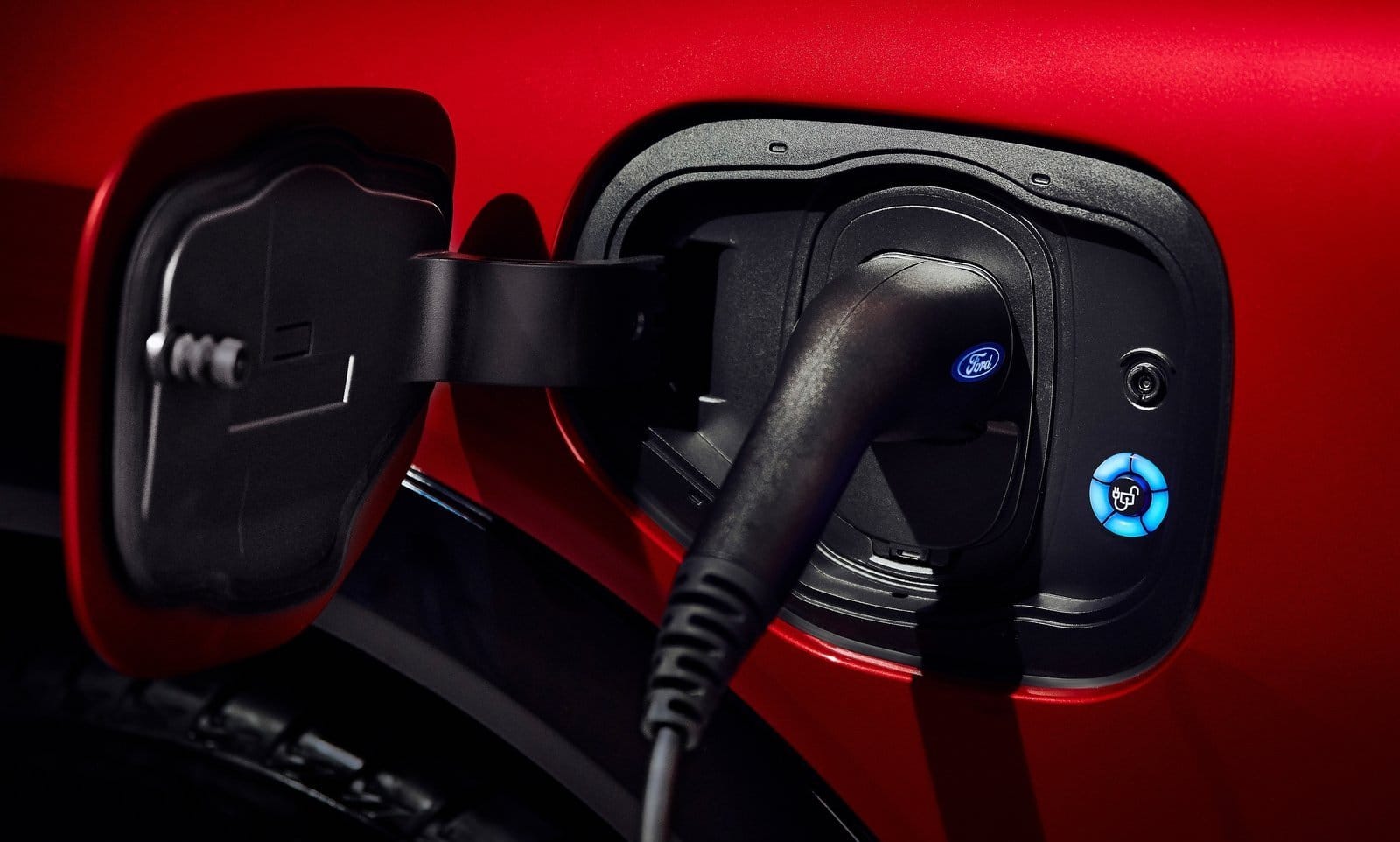For Heatmap: Biden Hits Reset On the Auto Industry
It’s not just emissions rules. Fuel economy regulations are changing, too, and investments are massive. It may just work.

Two summers ago, the Biden Administration announced a somewhat daunting goal for America’s car industry at the time: to make sure that 50% of all new vehicles sold in 2030 would be zero-emission vehicles.
Evidently, that wasn’t enough of a stunner. With the Environmental Protection Agency’s announcement today of vastly more stringent proposed new emissions standards — the strictest ones America has ever seen — the adoption of new all-electric vehicles specifically could be as high as 67% by 2032.
To be fair, a lot has changed in less than two years. Countless new EV models have rolled out since and many more are coming soon. America’s charging network is rapidly expanding, thanks to federal and state investments as well as billions of dollars in grants for private companies. And last year’s Inflation Reduction Act mapped out a robust domestic battery manufacturing supply chain, as well as a modernized tax credit scheme to incentive EV adoption.
But besides seeing more EVs and chargers around, it may not be readily apparent to most people how quickly things are changing. Make no mistake: between those actions, what the EPA is proposing today, and broader global industry trends, the groundwork is being laid right now to transform the car industry into a mostly battery-electric one. Today’s EPA announcement could be seen as the “It’s happening” moment for the wide-scale shift away from gasoline vehicles.

